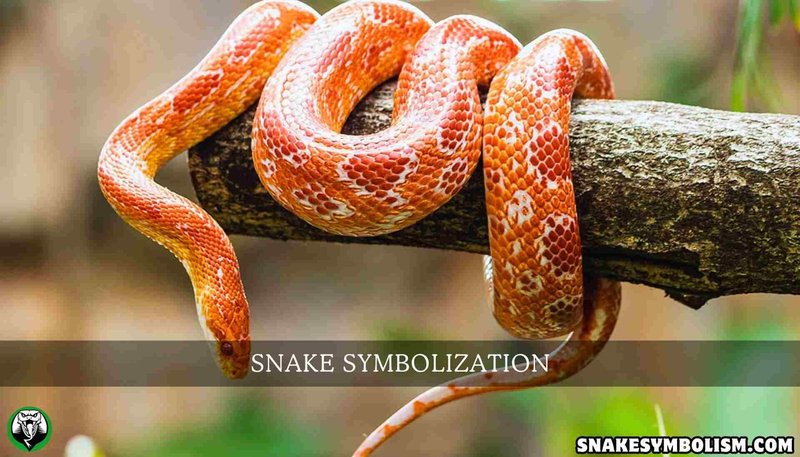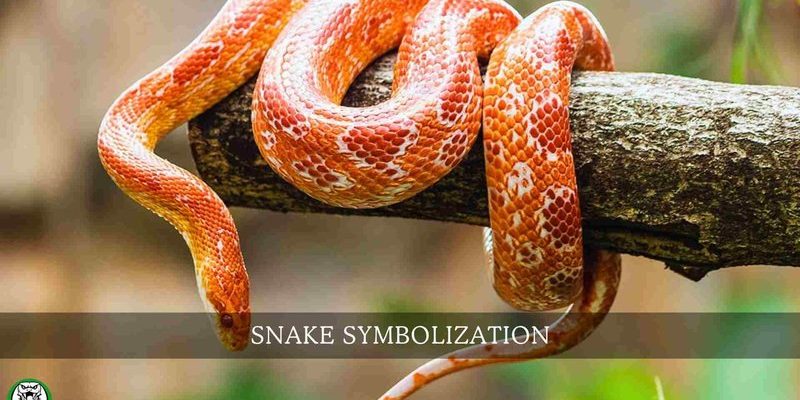
In many cultures, the king cobra isn’t just a snake; it represents a complex interplay of life and death, respect and fear. When you look closer, you see how this magnificent creature influences art, religion, and even everyday life. So, let’s dive into the world of the king cobra and explore why it’s more than just a reptile—it’s a symbol that transcends boundaries, telling stories that resonate across generations.
King Cobra in Mythology
The king cobra has captivated human imagination for centuries, appearing in various myths across different cultures. In Hindu mythology, for instance, the king cobra is associated with Shiva, one of the principal deities. Often depicted coiled around Shiva’s neck, this snake symbolizes his power and connection to both life and destruction. It’s as if the snake embodies the dual nature of existence—creating a balance between the sacred and the profane.
Similarly, in ancient Egyptian culture, the cobra was a symbol of royalty and divine authority. The Uraeus, a crest featuring a cobra, adorned the crowns of pharaohs, representing protection and sovereignty. You might find it interesting that this connection stems from the cobra’s ability to defend its territory fiercely, much like how a ruler protects their realm. This association with power and divinity makes the king cobra a fascinating figure in the tapestry of global mythology.
Symbolism in Art and Literature
You’ll often find the king cobra depicted in various forms of art, from sculptures to paintings. Its sleek, elongated body and striking colors make it an appealing subject. In many cultures, artists use the king cobra to convey deeper meanings. For example, in Indian art, it often symbolizes strength, grace, and intuition. Imagine a painting where the snake winds through vibrant colors, evoking feelings of energy and life.
In literature, the king cobra represents transformation and mystery. Authors might use this serpent to embody a character’s inner struggle or to symbolize danger lurking beneath the surface. Think about a novel where the protagonist faces challenges that mirror the qualities of a king cobra—dangerous yet alluring. This complex symbolism adds layers of depth to characters and plots, making the king cobra a powerful literary device.
Significance in Traditional Medicine
In many cultures, the king cobra isn’t just revered; it’s also part of traditional medicine practices. In places like India and China, snake venom has been used in various remedies. Traditional healers believe that the venom can help treat ailments, from arthritis to chronic pain. Here’s the thing: while this might sound surprising, these practices highlight how the king cobra is intertwined with human health and survival.
It’s worth noting that these practices come with risks. Using snake venom requires great expertise, as improper handling can be dangerous. However, the cultural significance attached to the king cobra in traditional medicine showcases the respect people have for this creature. It’s as if the snake’s power transcends mere fear, becoming a source of healing and wellness for those who understand its potential.
Role in Conservation Efforts
As fascinating as the king cobra is, it also faces threats from habitat destruction and poaching. This brings us to another essential aspect of its significance: conservation. Organizations worldwide are striving to protect these majestic creatures and their natural habitats. People recognize that the king cobra plays a crucial role in the ecosystem by controlling rodent populations, which helps maintain ecological balance.
You might be wondering how conservation efforts connect with cultural symbolism. Well, raising awareness about the importance of the king cobra can foster respect and appreciation for the species. When communities value the snake not just as a feared creature but as an integral part of their culture and environment, they’re more likely to take action to protect it. This transformation from fear to respect is a beautiful example of how cultural perceptions can evolve.
Influence on Modern Culture
In today’s world, the king cobra continues to inspire various aspects of modern culture. From films to fashion, you’ll find this snake symbolizing danger, intrigue, and allure. For instance, movies featuring the king cobra often emphasize its deadly charm, reinforcing its reputation as a creature to be both feared and admired. think about the chilling scenes in thrillers where a king cobra appears, heightening the suspense and drama.
Fashion designers also draw inspiration from the king cobra. You might see prints or motifs featuring the snake in clothing and accessories. This trend showcases how ancient symbols can be transformed into modern aesthetics, bridging the gap between the past and the present. It’s as if the king cobra holds a timeless allure that continues to captivate our imagination.
Educational Programs and Cultural Events
Cultural festivals and educational programs often celebrate the significance of the king cobra. For example, in some regions of India, festivals dedicated to snakes bring communities together to honor these creatures. These events often include rituals, dances, and storytelling that highlight the importance of the king cobra in local traditions.
Moreover, educational programs aim to raise awareness about wildlife conservation. Schools and organizations engage children and adults alike, teaching them about the ecological role of the king cobra and the need for its protection. This blend of education and celebration helps foster a deeper connection between people and nature, reinforcing the idea that the king cobra is more than just an animal—it’s a vital part of our shared cultural heritage.
The king cobra is much more than a fearsome reptile; it’s a complex symbol woven into the fabric of various cultures, representing power, healing, and ecological balance. From mythology to modern art, its influence is undeniable. Understanding the significance of the king cobra helps us appreciate not only its role in nature but also its place in human history and culture.
As we move forward, it’s essential to continue respecting and protecting these magnificent creatures. By valuing the king cobra as a symbol of our shared heritage, we can ensure that future generations will appreciate its beauty and significance for years to come. So next time you hear about the king cobra, remember—it’s not just a snake; it’s a story waiting to be told.

